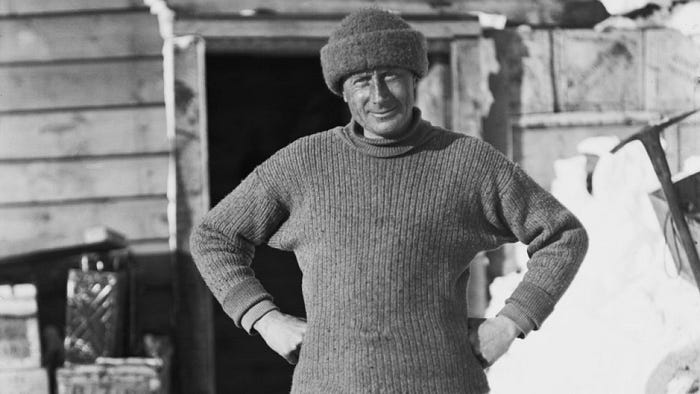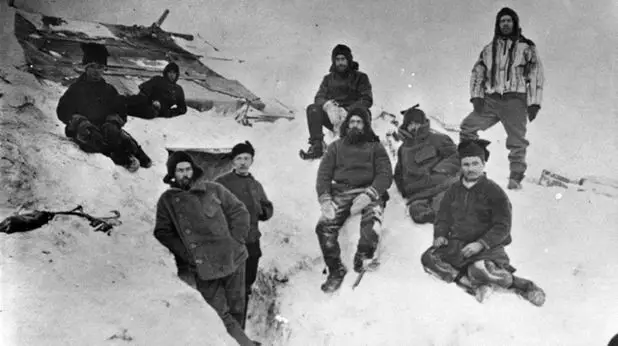 nder dust and moldy files, in a cabin in Cape Adare in Antarctica, researchers discovered a painting of a bird dating back to 1899. After analyzing the image, experts concluded that it was made by naturalist and explorer Dr. Edward Wilson. The painting depicts a bird with a white breast standing with its beak in the air. Behind the painting was written, “Certiide, March 1899.” The image was in an old file from an abandoned cabin.
nder dust and moldy files, in a cabin in Cape Adare in Antarctica, researchers discovered a painting of a bird dating back to 1899. After analyzing the image, experts concluded that it was made by naturalist and explorer Dr. Edward Wilson. The painting depicts a bird with a white breast standing with its beak in the air. Behind the painting was written, “Certiide, March 1899.” The image was in an old file from an abandoned cabin.
In the search for answers
The researchers discovered the artist’s identity by analyzing the two expeditions in which the huts were used, the one from 1899, led by the Norwegian explorer Carsten Borchgrevink, or the British expedition by Captain Robert Falcon Scott in 1911. According to a press release, specialist Josefin Bergmark- Jimenez accidentally unraveled the mystery while delivering a talk at Canterbury University about Dr. Edward Wilson, one of the scouts in Scott’s expedition.

When Wilson’s painting appeared on the screen, Bergmark-Jimenez recognized the handwriting and style of the painting. In 1898, during medical training, Wilson became ill with tuberculosis. During the convalescence, the man worked on his work and probably painted ‘Certiida’. After recovering he ventured into the unknown, wishing to participate in the British expedition to Antarctica (1901–1904).
During the expedition, Wilson, Scott, and Shackleton advanced southward, reaching the incredible latitude of 82 ° 16 ‘S, which had not been achieved before at that period in time. Wilson also became the first explorer to observe the mating habits of imperial penguins. During the trip, he collected the first specimens of penguins and their chicks.
But he failed to return to the UK with an imperial penguin egg. At that time, the researchers considered that penguins were a primitive bird form, believing that analyzing a penguin embryo while in training could uncover evidence of the evolution of dinosaurs in birds. So Scott named Wilson the scientific crew director for the next Antarctic expedition whose precise purpose was to find a penguin embryo.
The worst journey in this world
Scott’s (Terra Nova) expedition from 1911–1912 to Antarctica is known as “The Most Horrible Journey in the World,” after the title of a famous book written by one of the survivors, Apsley Cherry-Garrard. To find a penguin egg, explorers had ventured from Cape Evans to Cape Crozier in the middle of winter in Antarctica.
In November, Scott, Wilson and three other members tried to reach the South Pole. They arrived in mid-January to discover that the explorer Roald Amundsen had arrived 5 weeks earlier than them. On the way back, the men fell victims of exhaustion, extreme weather and hunger. The last time Scott had written in his diary was March 29, a research team discovered the bodies in November 1912.
How Wilson’s painting got into the hut still remains a mystery.
Avid Writer with invaluable knowledge of Humanity!
Upcoming historian with over 30 million views online.
“You make your own life.”





